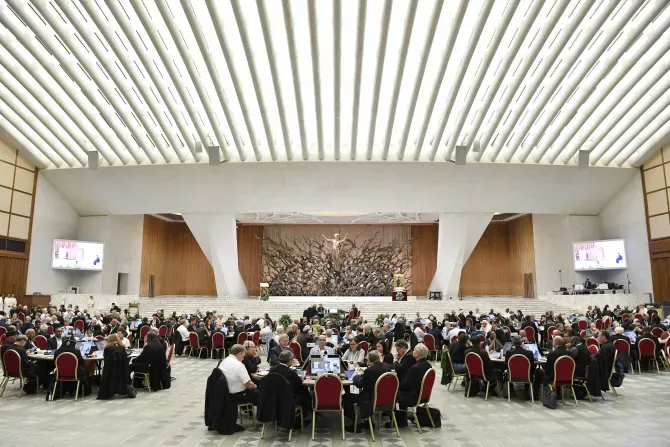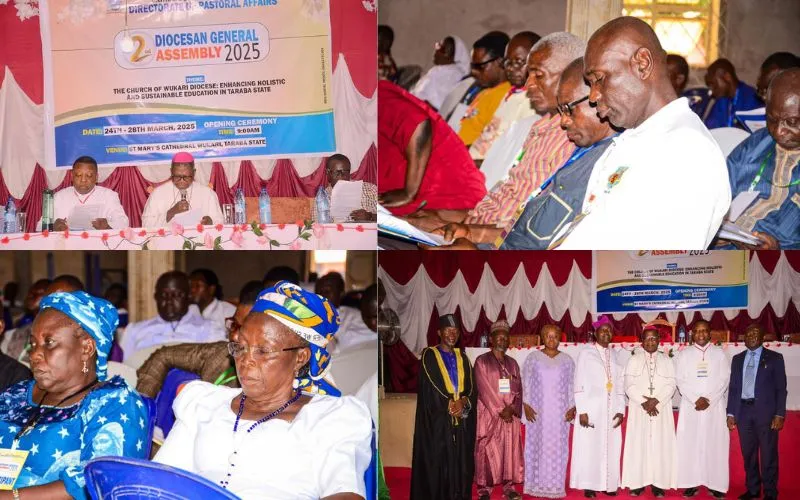Vatican, 27 October, 2023 / 4:56 pm (ACI Africa).
A summary report of this month’s synodal assembly in Rome is nearing finalization — with both anticipation and apprehension mounting over what the critical document might contain.
A final version of the document, which is expected to synthesize the proceedings of the synod’s nearly monthlong focus on how the Catholic Church can better include all its members, will be presented to the assembly’s 363 voting members tomorrow morning. Synod members are expected to vote on approving the document Saturday afternoon, with a final official version slated for publication in the late evening.
The summary document is expected to include points of consensus that have been reached within the assembly during its focus on themes like inclusiveness and Church governance, but also areas of disagreement. It has been described by organizers as merely “transitory,” with a “simple style” and a “relatively short” length of 40 pages.
Although the synthesis document is not a final synodal report that will be presented to the pope, it is widely seen as a critical point of inflection, setting the stage for the final step of the Synod on Synodality, a multi-year, global consultation process initiated by Pope Francis in October 2021.
The summary text will serve as a bridge between this month’s assembly and a second synodal gathering scheduled for October 2024, which in turn will offer concrete proposals to the Pope.








